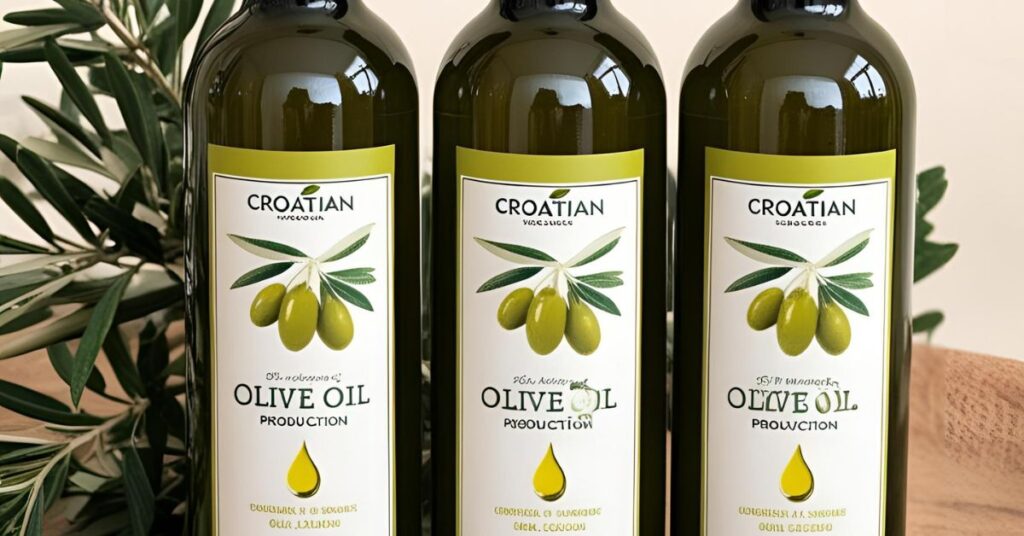
Croatian Olive Oil Production: Tradition Under Pressure

Croatia, known for its stunning coastline and Mediterranean climate, has quietly emerged as a top-quality olive oil producer. In regions like Istria and Dalmatia, centuries-old olive groves are producing award-winning oils that rival those of Italy and Spain. Yet, behind this growing reputation lies a host of challenges that threaten the sustainability and profitability of Croatian olive oil production.
From climate change to economic pressures, let’s explore the key problems facing this important sector.
1. Climate Change and Unpredictable Weather
Perhaps the most pressing issue is climate instability. Croatian olive trees are traditionally adapted to a consistent Mediterranean rhythm, but recent years have brought extreme weather events:
-
Spring frosts that damage early flowering.
-
Summer droughts leading to water stress and lower fruit yield.
-
Unseasonal rains increasing the risk of fungal diseases like peacock spot and olive knot.
This unpredictability makes harvests less reliable and increases the need for intervention, which adds to production costs.
2. Limited Scale and Fragmented Farms
Croatia’s olive oil industry is dominated by small, family-owned plots, many of which are just a few hectares in size. While this artisanal approach supports high quality, it leads to:
-
Higher per-liter production costs.
-
Difficulty in mechanizing harvests.
-
Limited capacity for export and distribution.
Fragmentation also makes it harder to organize collective marketing or negotiate favorable terms in international markets.
3. Labor Shortages
The rural workforce in Croatia is aging, and younger generations are often drawn to urban jobs or emigrate entirely. As a result:
-
Manual harvesting remains labor-intensive and costly.
-
Skilled workers for pruning, grafting, and maintaining groves are in short supply.
-
Producers increasingly rely on seasonal foreign labor, which introduces logistical and legal complications.
4. Pest and Disease Pressure
Rising temperatures have extended the range and lifecycle of pests like the olive fruit fly (Bactrocera oleae). This notorious pest:
-
Lays eggs in the olive fruit.
-
Causes internal damage, leading to fermentation and poor oil quality.
-
Requires intensive monitoring and treatment, often with eco-sensitive methods due to organic farming preferences in the region.
5. Competition and Market Challenges
Despite its high quality, Croatian olive oil faces stiff competition from:
-
Mass-market oils from Spain, Italy, and Greece, which are often cheaper.
-
Imported blends that flood the local market, sometimes misleadingly labeled as “Mediterranean” oil.
Without strong branding or protected geographical indications (like PDO/PGI), Croatian producers struggle to differentiate and protect their products.
6. Infrastructure and Processing Gaps
While modern mills exist, not all small producers have access to:
-
High-tech centrifuge systems for cold extraction.
-
Laboratory testing to guarantee chemical and sensory quality.
-
Storage facilities that protect oil from heat, light, and oxidation.
This lack of infrastructure leads to inconsistent product quality and lost opportunities in premium markets.
Moving Forward: Can Croatia Olive Oil Overcome These Challenges?
Despite these problems, Croatia’s olive oil sector has immense potential. The country’s commitment to organic methods, its pristine environment, and growing international acclaim give it a solid foundation. Solutions may include:
-
Cooperatives to pool resources and marketing efforts.
-
Government subsidies or EU funds to modernize equipment and infrastructure.
-
Education and youth incentives to attract a new generation of olive growers.
For Croatia to truly thrive as an olive oil powerhouse, it must balance tradition with innovation—preserving its artisanal heritage while adapting to a fast-changing global market.